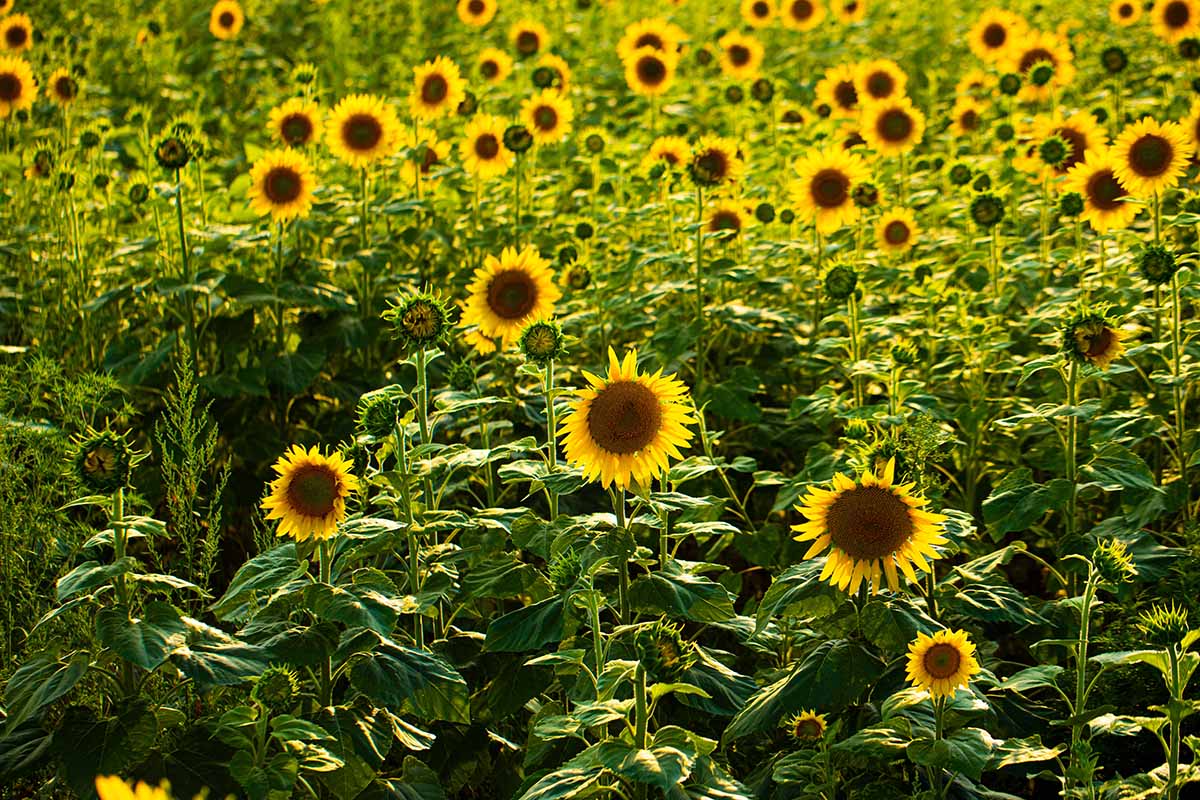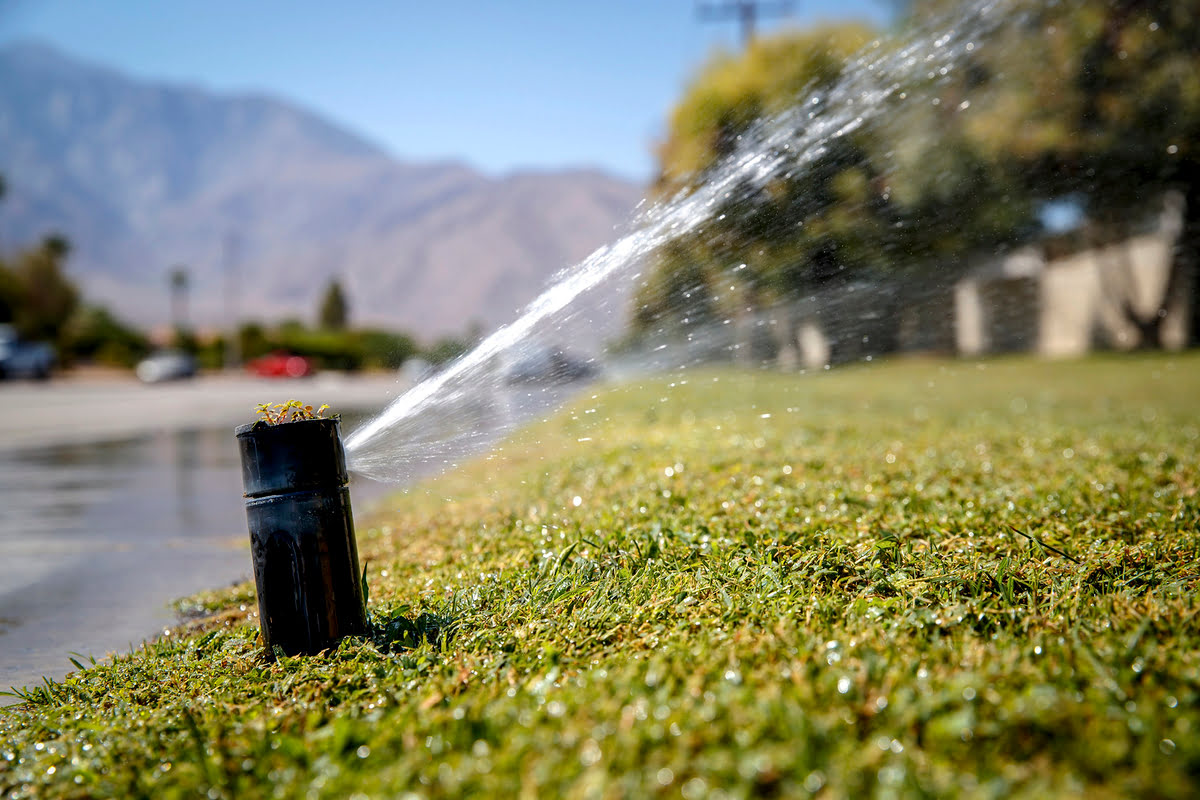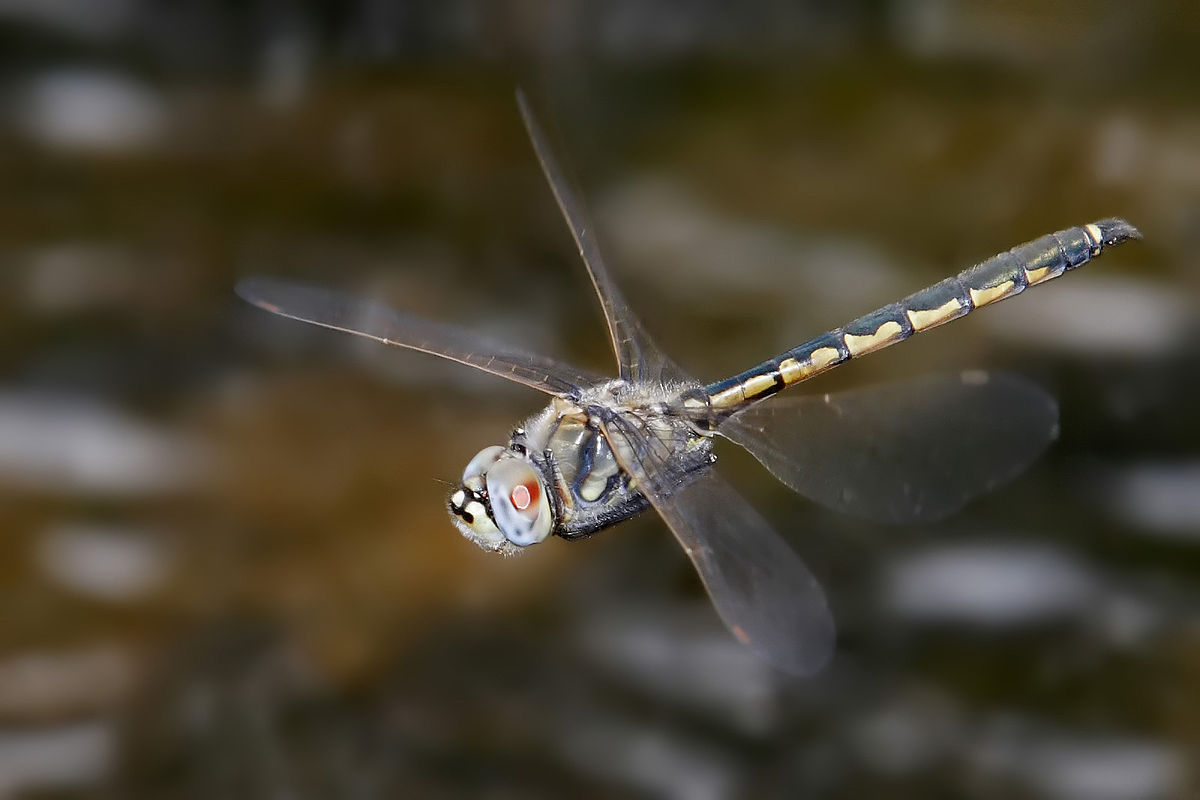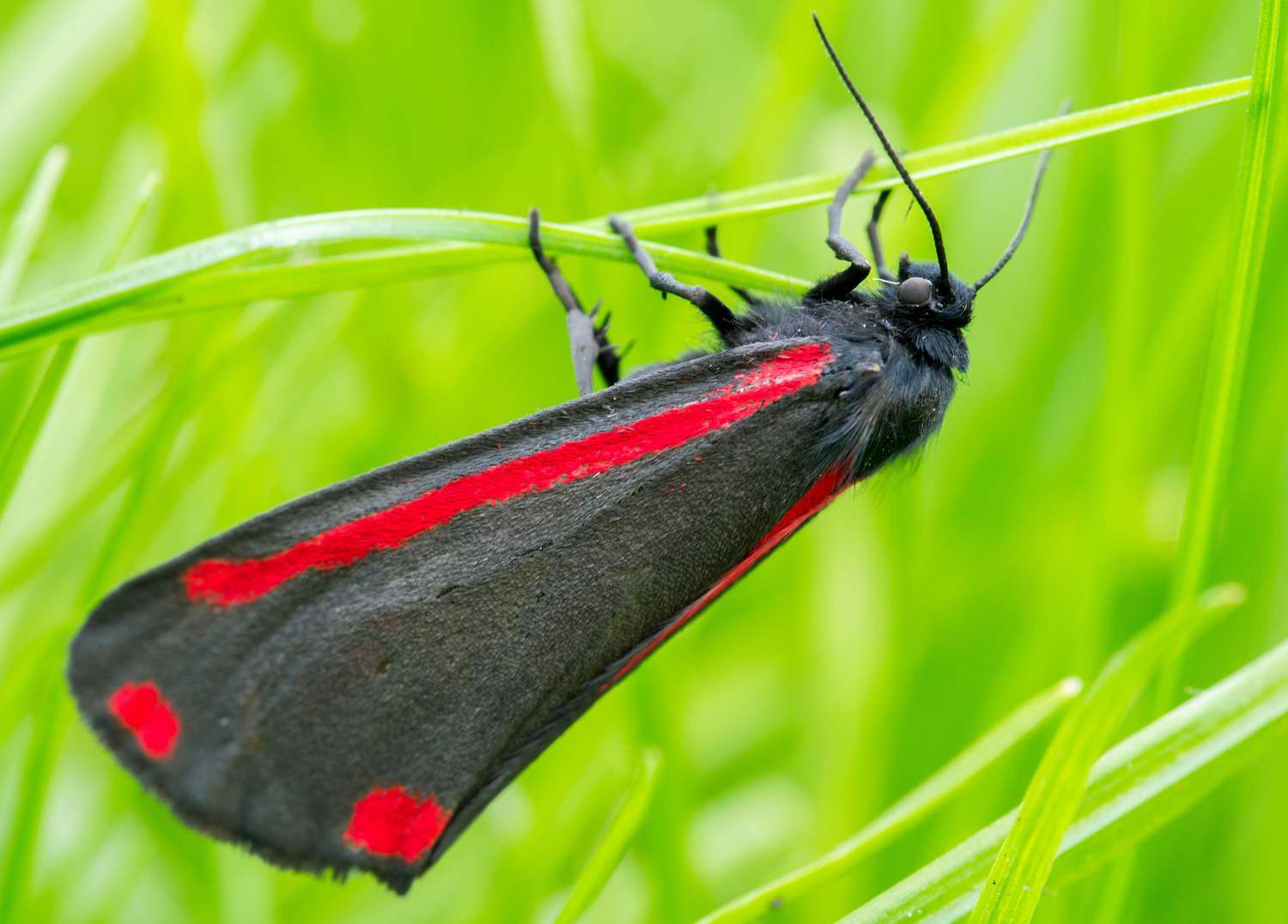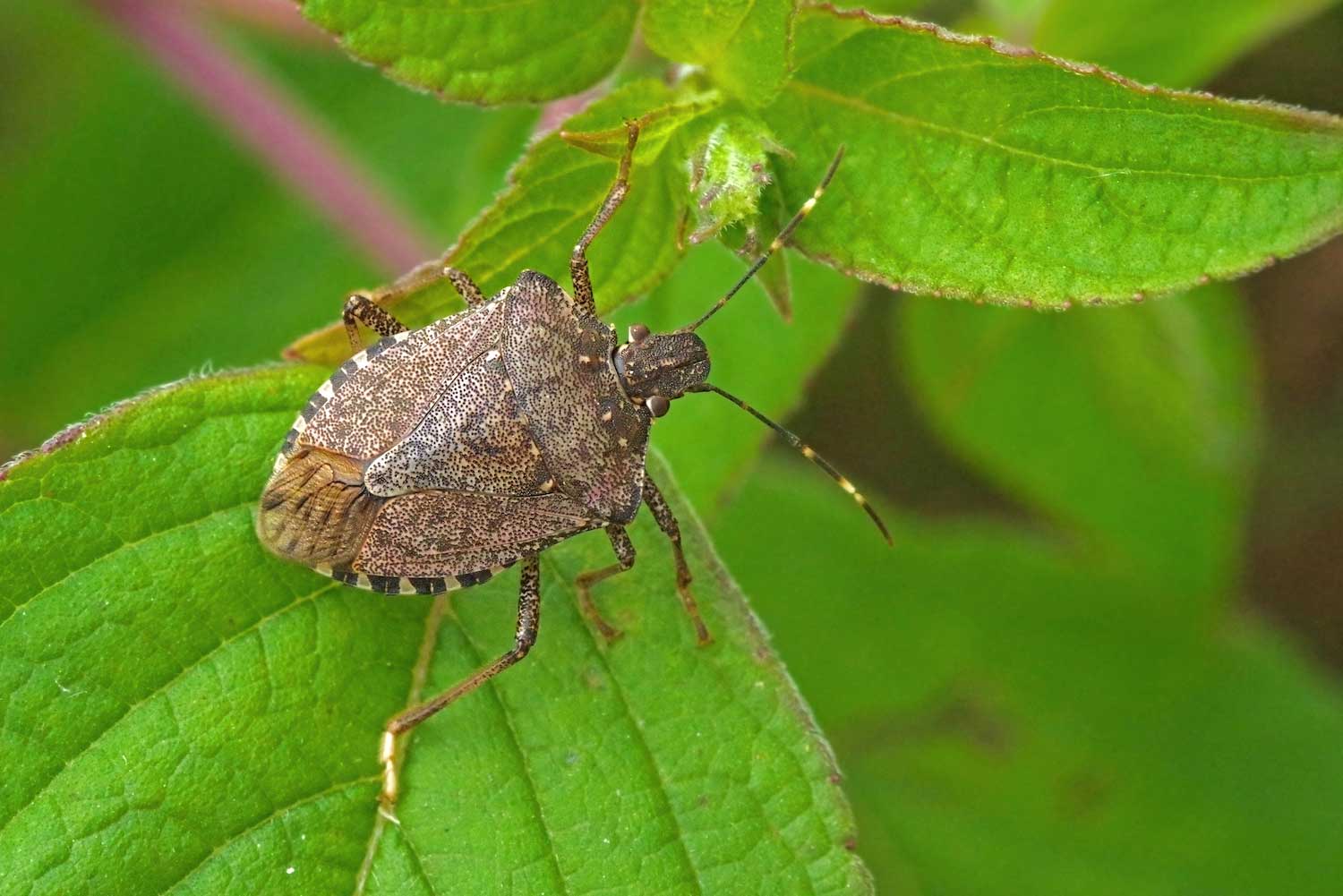Home>Gardening News and Trends>Latest News>What State Has The Least Insects
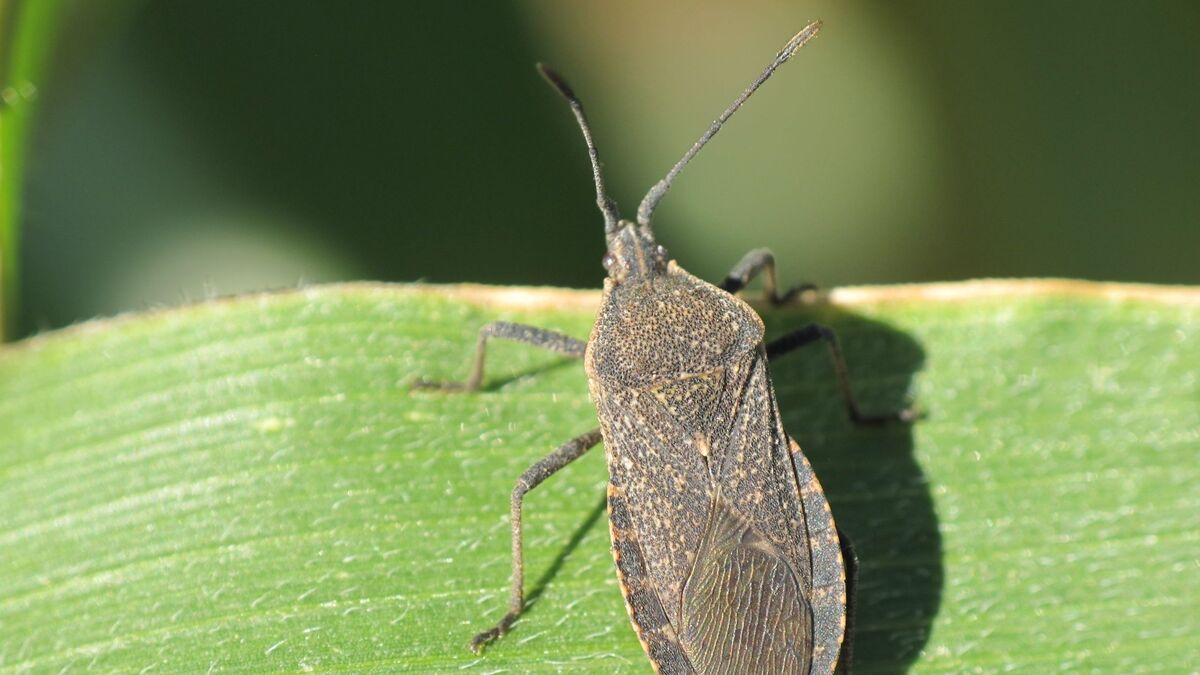

Latest News
What State Has The Least Insects
Modified: January 22, 2024
Discover the state with the lowest insect population in our latest news update. Stay informed with the latest updates on insect prevalence in different regions.
(Many of the links in this article redirect to a specific reviewed product. Your purchase of these products through affiliate links helps to generate commission for Chicagolandgardening.com, at no extra cost. Learn more)
Table of Contents
Introduction
Welcome to the intriguing world of insects! These tiny creatures play a vital role in our ecosystem, but they can also be a nuisance for many people. From buzzing bees to creepy-crawly spiders, insects come in a variety of shapes and sizes, and their presence can differ significantly from one location to another.
Have you ever wondered which state in the United States has the fewest insects? While it’s difficult to pinpoint a single state with absolute certainty, there are certain factors that influence the insect population in different regions. Factors such as climate, habitat, and human activities can all contribute to variations in the number and types of insects present in a particular area.
In this article, we will explore the factors that affect insect populations, the criteria used to determine the state with the least insects, and the possible reasons behind some states having lower insect populations. Additionally, we will examine the implications of lower insect populations and their impact on the environment.
While it’s important to note that insects are crucial for ecological balance, some individuals may prefer areas with fewer insects due to personal preferences or specific circumstances. So, let’s delve into this intriguing topic and uncover which state in the United States might have the lowest insect population.
Factors Affecting Insect Populations
Understanding the factors that influence insect populations is essential in determining why certain states may have lower insect populations than others. Here are some key factors that play a role in the abundance and diversity of insects:
- Climate: Climate is a significant factor in determining an area’s insect population. Insects, like any living creature, have specific temperature and moisture requirements. Some insects thrive in warm and humid environments, while others prefer cooler and drier conditions. Thus, states with extreme climates, such as arid deserts or chilly tundra regions, may have fewer insect species.
- Habitat: The type and quality of habitat directly affect insect populations. Insects are adapted to specific habitats, whether it’s forests, grasslands, wetlands, or urban areas. Alterations to natural habitats, such as deforestation, urbanization, or pollution, can have detrimental effects on insect populations, leading to declines in their numbers.
- Availability of Food: Insects rely on a steady food supply to survive and reproduce. The availability of suitable food sources, such as plants, other insects, or decaying matter, impacts insect populations. If an area lacks the necessary food resources, it may not support a substantial number of insects.
- Predators and Parasites: Insect populations are also affected by their interactions with predators and parasites. Natural enemies such as birds, bats, reptiles, and other insects help regulate insect populations by preying on them. Additionally, parasites, such as parasitic wasps or fungi, can control insect numbers by infecting and killing them.
- Human Activities: Human activities can have a significant impact on insect populations. Pesticide use, habitat destruction, pollution, and climate change caused by human activities can disrupt the delicate balance of insect populations. For example, the widespread use of pesticides can harm beneficial insects, leading to imbalances in the ecosystem.
These are just a few of the many factors that can influence insect populations. It’s important to recognize that these factors often interact with each other, making it challenging to determine a single decisive reason for lower insect populations in a particular state.
Now that we have a better understanding of the factors that affect insect populations, let’s explore the criteria used to determine the state with the least insects.
Criteria for Determining the State with the Least Insects
While it is nearly impossible to accurately determine the precise state with the fewest insects, there are several criteria that can be used to make a reasonable assessment. Here are some factors considered when evaluating insect populations:
- Insect Surveys: Conducting comprehensive insect surveys is a crucial method for gathering data on insect populations. Scientists and researchers study different ecosystems and use various techniques such as trapping, counting, and monitoring to determine the presence and abundance of insects in a particular area. The results of these surveys provide valuable insights into the insect populations of different states.
- Species Diversity: The number of different insect species present in a state can be an indicator of the overall insect population. States with a higher number of insect species generally have healthier and more diverse ecosystems. Conversely, states with lower species diversity may have fewer insects overall.
- Endangered and Threatened Species: The presence of endangered or threatened insect species is another factor considered when assessing insect populations. If a state has a high number of endangered insects, it may indicate that the overall insect population in that state is at risk or on the decline.
- Reports and Data: Analyzing existing reports and data from government agencies, conservation organizations, and entomological studies can provide valuable information on insect populations in different states. These reports often include historical data, trends, and observations that contribute to understanding the overall insect populations in a particular area.
- Community Observations: Citizen science initiatives and public participation are valuable sources of data for evaluating insect populations. People, including enthusiasts, farmers, and local residents, can contribute to monitoring insects in their surroundings and provide valuable observations regarding their abundance or decline.
By considering these criteria and combining them with scientific research and data analysis, experts can make informed assessments of the states with comparatively lower insect populations. However, it is important to remember that these assessments are not definitive and may be subject to ongoing research and changes in insect populations over time.
Now that we have explored the criteria for determining the state with the least insects, let’s move on to the findings and discover which states might have lower insect populations.
Findings: States with Lower Insect Populations
When analyzing the available data and considering the criteria mentioned earlier, certain states in the United States emerge as potential candidates for having lower insect populations. It is important to note that these findings are based on current information and may be subject to change as new research and observations come to light. Here are some states that are often associated with lower insect populations:
- Alaska: Alaska’s colder climate, vast wilderness, and harsh conditions make it less hospitable for many insects. The extreme temperatures, particularly during the winter season, limit the abundance and diversity of insect species in this state.
- Nevada: Nevada’s arid desert environment, characterized by limited water sources and extreme temperatures, creates a challenging habitat for many insects. The harsh desert conditions, with hot days and cold nights, contribute to a lower overall insect population in this state.
- Wyoming: Wyoming’s diverse landscape, including mountain ranges and vast grasslands, may contribute to variations in insect populations. While some areas may have higher insect activity, the overall insect populations in this state are relatively lower compared to more temperate regions.
- North Dakota: North Dakota’s colder climate, combined with its agricultural landscape, may lead to lower insect populations. The colder temperatures and limited natural habitats in some areas of the state may create less favorable conditions for insects.
- Montana: Montana’s wide-ranging geography, encompassing mountains, forests, and grasslands, may impact insect populations. While some regions may experience higher insect activity, particularly during the warmer months, the overall insect populations in this state may be comparatively lower.
It is important to highlight that the lower insect populations in these states do not suggest the absence of insects entirely. Insects play crucial roles in ecosystems, and even states with lower insect populations still have essential insect species that contribute to their respective environments.
Now that we have explored some states with potentially lower insect populations, let’s delve into the possible reasons behind this phenomenon.
Possible Reasons for Low Insect Populations in Certain States
While the lower insect populations in certain states can be attributed to a variety of factors, here are some possible reasons behind this phenomenon:
- Climate and Geography: States with extreme climates, such as Alaska and Nevada, have challenging conditions for insects to thrive. Cold temperatures, harsh winters, or arid desert environments limit the abundance and diversity of insect species.
- Limited Habitats: Some states may have limited natural habitats due to factors like deforestation or urbanization. Reduced availability of suitable habitat leads to decreased insect populations as they struggle to find the resources needed for survival.
- Agricultural Practices: Certain states with extensive agricultural practices may have lower insect populations due to the use of pesticides. Pesticides, when applied extensively and without proper regulation or consideration for non-target species, can harm beneficial insects and disrupt the ecological balance.
- Topography and Elevation: The topography and elevation of a state can also influence insect populations. Mountainous regions or high-altitude areas often have different climatic conditions, limiting the diversity and abundance of certain insect species.
- Natural Predators: In states with a high presence of natural predators, such as birds, bats, or other insectivorous animals, insect populations may be naturally regulated. These predators help control insect numbers, resulting in lower overall populations.
It is worth mentioning that these reasons are not limited to the states mentioned earlier, and other factors specific to each state can also contribute to lower insect populations. Additionally, it is essential to remember that the absence of high insect populations does not indicate a lack of ecological value, as insects play crucial roles in pollination, nutrient recycling, and as a food source for other organisms.
Now that we have explored possible reasons behind lower insect populations, let’s assess the implications of such phenomena on the environment.
Implications of Lower Insect Populations
The lower insect populations observed in certain states can have significant implications for both the environment and human society. Here are some key implications of lower insect populations:
- Ecological Imbalance: Insects play critical roles in maintaining ecological balance. They contribute to processes such as pollination, decomposition, and nutrient cycling. The decline in insect populations can disrupt these vital ecological processes, leading to imbalances and potential cascading effects throughout the ecosystem.
- Threat to Biodiversity: Insects are an integral part of biodiversity, as they represent a significant portion of species diversity on Earth. The decline in insect populations can result in a loss of biodiversity, impacting other organisms that rely on insects for food or those that have symbiotic relationships with them.
- Agricultural Concerns: Insects, both harmful and beneficial, play crucial roles in agriculture. The decline of beneficial insects, such as pollinators, can adversely affect crop yields and result in decreased agricultural productivity. Conversely, the absence of natural insect predators can lead to an increase in pest populations, potentially requiring more pesticide use.
- Food Chain Disruption: Insects are a fundamental part of the food chain, serving as a primary food source for many other organisms. The decline in insect populations can disrupt the food chain, impacting the populations of insectivorous birds, bats, and other animals higher up the trophic levels.
- Impacts on Human Health: Some insects, like mosquitoes and ticks, are vectors for diseases that can affect human health. The decline in insect populations may alter the dynamics of disease transmission, potentially affecting public health outcomes.
It is crucial to recognize the importance of maintaining healthy insect populations for the overall functioning of ecosystems and the well-being of humankind. Efforts to conserve and protect insect habitats, promote sustainable agricultural practices, and reduce the use of harmful pesticides can contribute to mitigating the negative impacts of lower insect populations.
Now that we have examined the implications of lower insect populations, let’s wrap up our exploration.
Conclusion
The question of which state has the fewest insects is complex, and determining a definitive answer is challenging. Nevertheless, by considering factors such as climate, habitat, food availability, predators, and human activities, we can gain insights into states that may have lower insect populations.
States like Alaska, Nevada, Wyoming, North Dakota, and Montana are often associated with lower insect populations due to their unique geographical and climatic conditions. However, it is important to note that even in states with lower insect populations, insects still play critical roles in ecological processes and should not be entirely disregarded or overlooked.
The lower insect populations in certain states have implications for the environment and human society. They can disrupt ecological balance, threaten biodiversity, impact agriculture, disrupt food chains, and potentially affect human health. Recognizing the importance of maintaining healthy insect populations is crucial for the overall functioning of ecosystems and our own well-being.
Efforts to conserve habitats, promote sustainable practices, and reduce pesticide use can contribute to preserving insect populations and mitigating the negative impacts of lower insect abundance. Additionally, ongoing research, citizen science initiatives, and continued monitoring of insect populations are vital for further understanding and addressing this complex phenomenon.
While the quest to find the state with the fewest insects may continue, it is essential to maintain a broader perspective on the significance of insects in our world. These tiny creatures, despite their sometimes bothersome presence, contribute immensely to the intricate tapestry of life on Earth.

